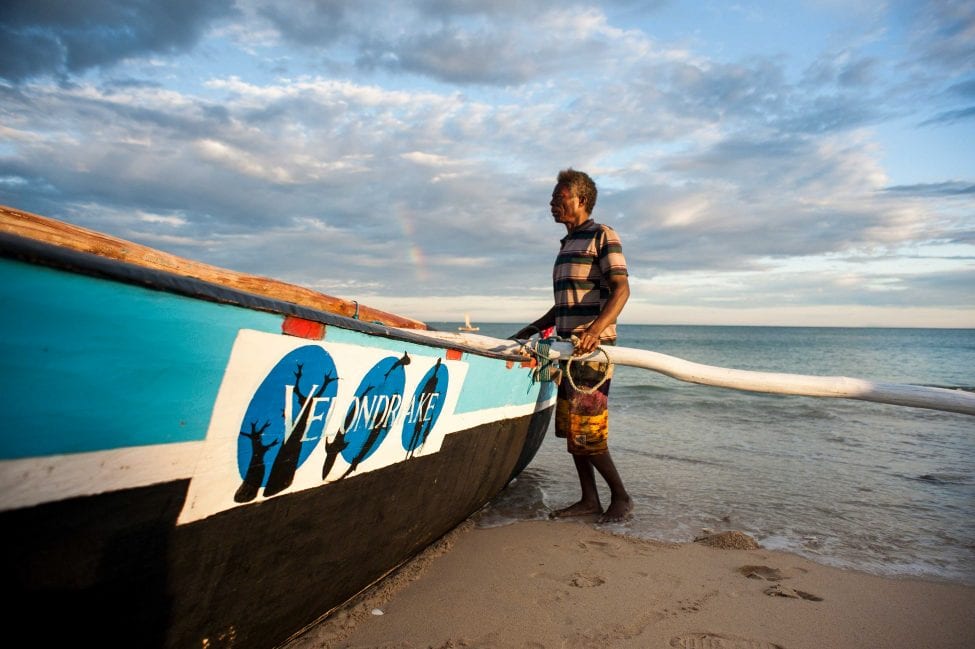In Conversation with Alasdair Harris
The real moment that draws us to conservation, says Alasdair Harris, is one of empathy and recognition that this is as much a story about people’s survival, identity and future as it is about the conservation of the natural world and biodiversity. Lauren De Vos chatted to the founder of the award-winning social enterprise Blue Ventures about what we’re still getting wrong when it comes to empowering communities in conservation – and what might be worth thinking about to get things right.
There is much talk about community-based natural resource management, with many different definitions. What is your particular take on the idea?
At its core, community conservation means conservation by and for communities – protecting nature in ways that benefit local people in a meaningful way. This could be through enhanced livelihoods or improved community governance. And if the goal of community conservation is for nature to be managed by communities, ultimately the involvement of external actors and organisations should be decreasing over time. Our goal should be a journey towards community empowerment in which local leadership is paramount. And herein lies the paradox: as conservationists supporting community conservation, our ultimate objective should be to work ourselves out of a job. In the end, if we’re not handing over to community leaders so that they can continue the work we’ve supported, we haven’t succeeded.
Leading on from that question, what has been your approach to the concept of community-based conservation?
Across our programmes we’re increasingly seeing the value of empowering communities with the training, services and human rights they need to take action to safeguard natural resources. But that’s easier said than done and in many contexts this is a journey that realistically will take decades rather than years, with substantial ongoing costs. So we must be wary not to oversell community-based conservation as a solution that will work for people or nature in the short term. While that’s of course our goal, and there is rightly encouraging enthusiasm and momentum around the movement today, evidence of the biodiversity benefits is often harder to come by, and we mustn’t underestimate the costs. It’s imperative therefore that we share what we’re discovering about the benefits and pitfalls as we learn, and the conservation connection. For example, while there’s growing evidence that local marine management can improve fisheries’ productivity and incomes, evidence of actual conservation impact remains scarce. And while alternative livelihoods are often hardwired into project design, the arrival of new incomes – although undoubtedly beneficial to families and communities – might not necessarily bring about any actual change in fishing, or deforestation. But it is clear that by addressing local needs and rights first, this approach is transformative in communities at the centre of environmental protection, which is ultimately a fundamental prerequisite to any lasting conservation outcome.


